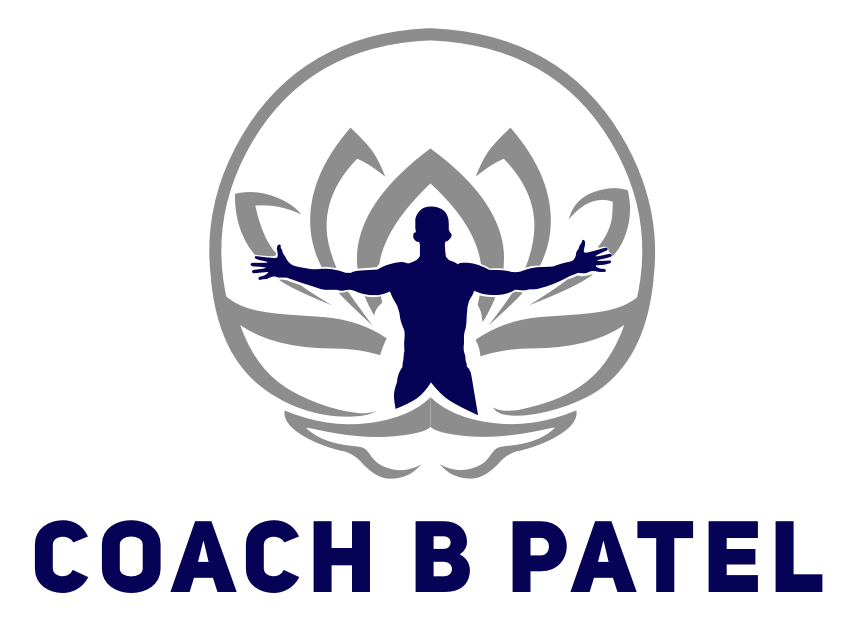Backwards Training
As we integrate back into training athletes on campus again, we need to think about preparing them for movements that will occur within their sport.
One specific movement that I don't think many coaches incorporate is backwards running, back peddling or skating backwards for hockey athletes.
Most coaches integrate forward, lateral and change of direction, but very few coaches do drills incorporating backwards movement.
Being able to move backwards is a necessary movement skill that all athletes need to be able to perform and need to be efficient at this movement.
If they aren't ready to handle them, it can cause excessive fatigue and the muscular system may not be ready to handle the movements.
Backwards movement is a specific movement skill that needs to be practiced and trained.
Backwards movement calls upon the quadriceps more which can help to balance out all the forward movement that we perform during practice and conditioning sessions.
Backwards movement also requires the athlete to push off the ball of their foot versus a heel-toe movement that can occur during forward movement.
By landing on the ball of the foot, there could be less stress to the knee joint during rehabilitation.
Moving heel to toe can contribute to more stress on the body especially when it is performed at a slower rate (i.e. jogging).
Moving and pushing off the ball of the foot is a more natural movement and can help in reducing the risk of injury.
Many rehab professionals know the benefits of backwards movement for rehab purposes. These benefits can be beneficial as part of a rehabilitation routine for injuries such as:
Lower Back injuries (due to differences in trunk posture)
Hip joint dysfunctions
Muscular strains of the hips, hamstrings and groin
Knee surgeries
Shin Splints
Ankle and Achilles tendon injuries
Stress fractures of the foot
Backwards running can also enhance your #cardiovascular system because most athletes will be inefficient at the movement.
You will burn more calories and place a different demand upon your body which will enhance your ability to perform the movements.
This is great benefit for all athletes as the athlete that is the most fit and can perform the most amount of work without fatiguing will most often win.
Data also indicates that moving backwards is more stressful to the cardiovascular system when performed at the same forward velocity.
In a study on walking backwards, researchers demonstrated that VO2 and heart rate were 78 and 47% greater than forward walking at matched speeds.
Instead of performing all sprinting movements, incorporate some max effort back peddling or change your conditioning sprints/shuttle runs to have a backward component to it.
If you train hockey athletes and have the opportunity to get on the ice to condition them, be sure to build some backward skating into their programs.
References
Flynn T.W., et.al., Comparison of cardiopulmonary responses to forward and backward running. Med. Sci. Sports Exer. 26:89-94, 1994.

